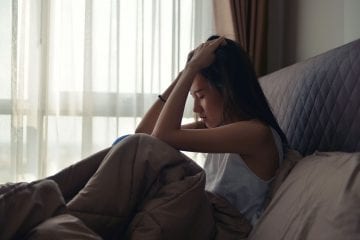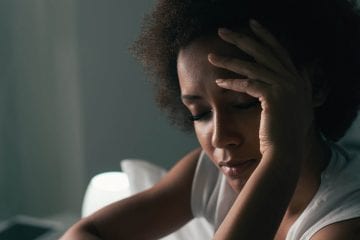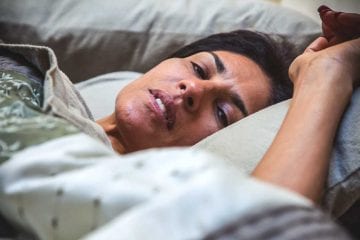The sleep-wake phase disorder involves deformities in the body's sleep patterns. The body's internal clock regulates sleep-wake periods in line with biological prompts such as the body temperature and hormonal levels. Environmental circumstances such as mealtimes and exposure to light are also a factor.
Similarly to other circadian rhythm sleep disorders, the sleep-wake phase disorder happens when the body’s internal clock doesn't coordinate with regular sleep patterns. Individuals with the sleep-wake phase disorder have an intense biological urge to sleep at times when other people are awake and vice versa. They may call themselves ‘night owls’ or early-morning insomnia sufferers. They may stay up until the early morning with no need to sleep or feel exhausted as early as 6 p.m. The irregularity of sleep makes it hard to participate in daily activities, keep a job, or socialize.
People with the sleep-wake phase disorder can suffer from excessive daytime sleepiness and have a hard time creating and maintaining regular sleep patterns.
What causes the sleep-wake phase disorder?
The sleep-wake phase disorder comes from the body’s internal clock (circadian rhythm) which is the main mechanism for coordinating humans’ biological patterns. Blind individuals, teenagers, and elderly people have a higher chance of the sleep-wake phase disorder. Family history can also have an influence. Analysis have found mutations in two genes; CSK1D and hPer2. They are connected to a higher risk of the sleep-wake phase disorder.
Conditions affecting the brain such as neurological disorders (dementia) and brain injury make the sleep-wake phase disorder more likely.
Types of sleep-wake phase disorder
Delayed sleep-wake phase disorder happens when the body’s internal clock changes and sleep happens later in the 24-hour cycle. Individuals who have delayed sleep-awake phase disorder go to bed over two hours later than their favored bedtime. They go through intense hardship when waking up the next morning and can suffer from excessive daytime sleepiness. Despite being sleepy in the daytime they are still awake at night. Delayed sleep-wake phase disorder is more likely in teenagers and women than men in puberty while they go through natural sleep phase delay.
Advanced sleep-wake phase disorder includes a change in the body’s clock associated with early arousals and bedtimes. Individuals with advanced sleep-wake phase disorder fall asleep during dusk, typically between 6 and 9p.m. They wake up around dawn, typically around 2 and 5a.m. They feel tired throughout the day, which makes them more likely to go to bed early the next evening. Studies have concluded that around 1% of adults go through advanced sleep-wake phase disorder. This is typically found more in older adults.
Signs of sleep-wake phase disorder
- Excessive daytime sleepiness
- Difficulty waking up in the morning
- Trouble sleeping for long periods at night
- Difficulty falling asleep at night
- A sleep cycle that is advanced or delayed by at least 2 hours
How to Diagnose
Healthcare professionals may need clinical information (notes of patient’s sleep problems and patterns) to confirm the sleep-wake phase disorder. Actigraphy may aid in tracking sleep and wake patterns to help doctors diagnose the sleep-wake phase disorder. It can be recommended to patients to keep track of their sleep patterns for one to three weeks.
How to Treat
Treatment of the sleep-wake phase disorder relies on its intensity and impact on the patient's life. Some individuals with the sleep-wake phase disorder can adjust their day schedule to line up with their delayed or advanced sleep habits. Treatment is not always required for teenagers because some of them grow out of their sleep phase delay when they mature.
However, some individuals suffer from difficulties in professional or personal life due to the sleep-wake phase disorder. Supplemental melatonin given at specific times and light therapy have shown to be effective for those who want to fix their sleep patters. Some scientists advocate against the use of melatonin therapy for elderly patients with dementia.
Bright light therapy in the morning can increase wakefulness during daytime and make it easier to fall asleep at bedtime for patients with delayed sleep-wake phase disorder. Bright light therapy between 7 and 9 o’clock in the evening can be used on patients with advanced sleep-wake phase disorder to push their body clock back to match a more preferred sleep schedule.



